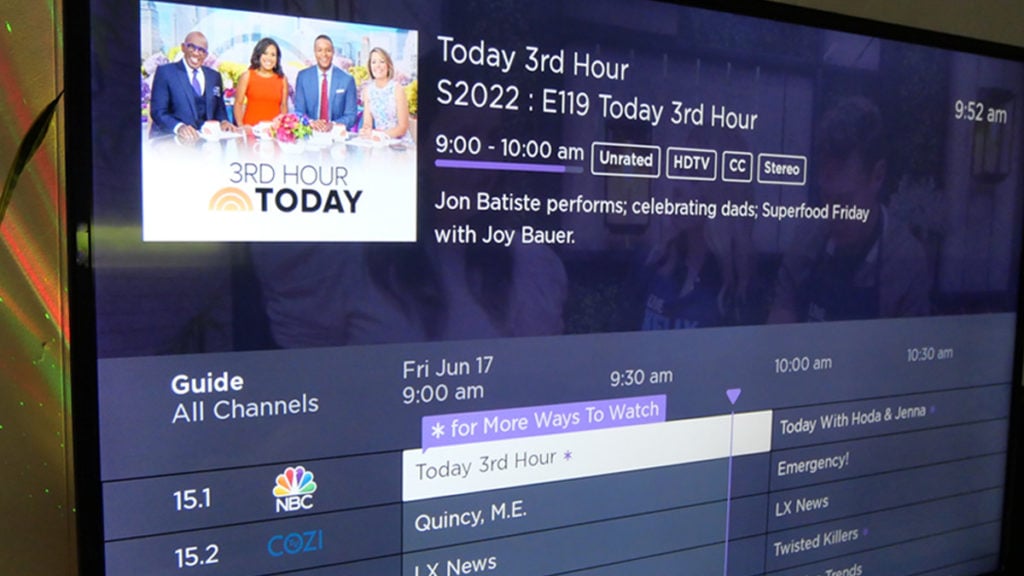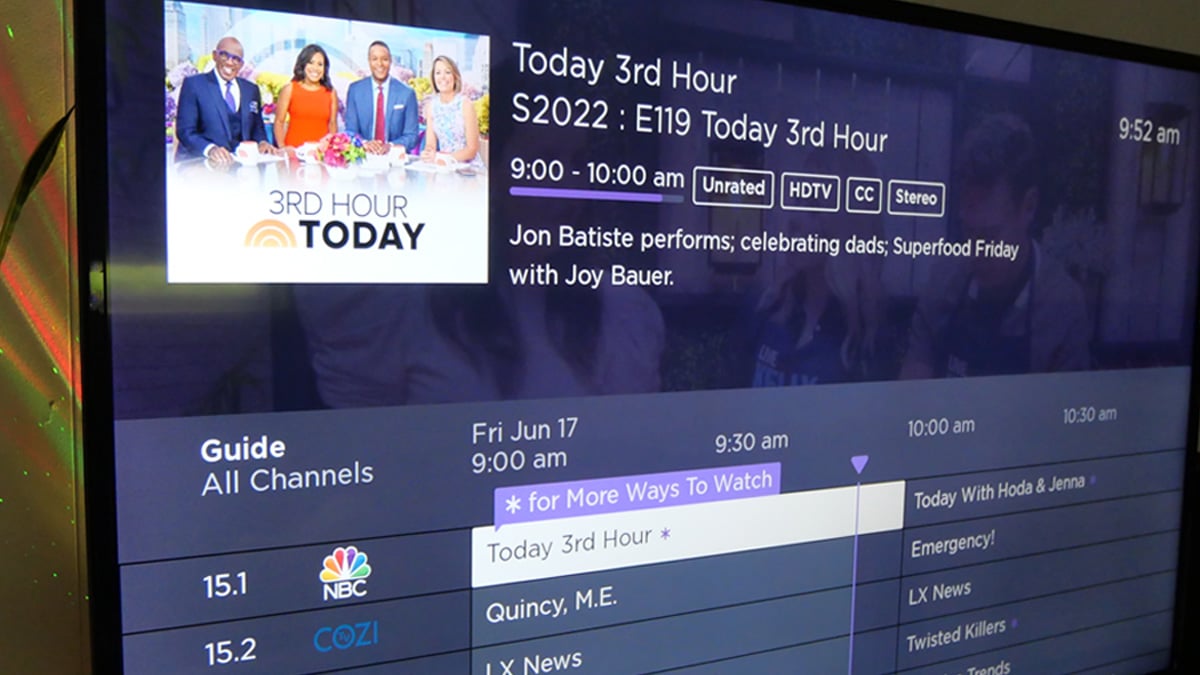A number of companies claim that a TV antenna can receive signals from 100 miles away or more.
These claims are simply untrue. It’s important to understand why.
Table of Contents
- Can a TV antenna pick up channels 100 miles away?
- What is a realistic range for a TV antenna?
- What TV antenna should I buy?
Can a TV antenna pick up channels 100 miles away?
There are a number of reasons why TV antennas cannot get channels from broadcast towers that are located 100 miles away from your home.
TV signals diminish very quickly by design. Digital signals from broadcast towers travel at the speed of light in a line-of-sight direction.
Over-the-air signals do not travel along the curve of the Earth and keep going. TV signals remain in a straight line and get weaker as it travels.
If TV antennas could receive channels from broadcast towers 100 miles away, it would cause a huge problem.
Let’s say you were living in Boston, and you wanted to get your local ABC station on channel 5. If your TV antenna could get channels from broadcast towers 100 miles away or more, you would have a lousy, unwatchable picture.
Why?
You wouldn’t just have the local ABC station in Boston on your screen. You would have many TV signals overlapping with one another. Channel 5 in Boston would appear on your TV, but so would Channel 5 in Rhode Island, Maine, and so on.
The reason why we don’t have to worry about overlapping signals is that the Federal Communications Commission regulates broadcast, cable and satellite transmissions.
Television Market Areas (TMA) across the U.S. are designed to have enough channels to serve people in an area.
So you don’t need a “100 mile TV antenna” to get lots of channels.

For example, in Los Angeles, an outdoor TV antenna is capable of getting well over 100 channels. An indoor TV antenna placed in or near a window pane will likely get dozens of independent stations along with the four large broadcasters.
Smaller cities and rural areas will have less channels, but most Television Market Areas will have your four big broadcasters. I’m talking about ABC, CBS, FOX and NBC. You can expect local PBS and some sub-channels such as ion television.
What is a realistic range for a TV antenna?
Range is somewhat a bogus metric. Antenna gain is usually more important. And it’s important to know whether local broadcasters are transmitting on the UHF or VHF band. But for the purposes of debunking the 100-mile antenna, let’s stay focused on the distance between broadcast towers and your home.
A more realistic range for an indoor TV antenna is about 35 miles. An outdoor TV antenna on a roof or in an attic can get broadcast signals from 55 to 60 miles away under ideal conditions.
This general rule of thumb is true regardless of whether you are using TV antennas connected to a Smart TV, or an older non-Smart TV.
When the new broadcast standard, ATSC 3.0 (NextGen TV) arrives, it may be somewhat easier to get signals, but that has nothing to do with your antenna.
So why do companies claim its TV antennas can get broadcast signals from 100 miles away or more? That’s for you to decide.
The Federal Trade Commission settled a lawsuit against one company in 2021 for claiming its antennas could receive premium cable channels. But there has yet to be any action taken by regulators over inflated claims about antenna range.
What TV antenna should I buy?
There are plenty of well-established companies based in the U.S.
Find U.S. companies that have been in the business for decades. AntennasDirect, its sibling company Mohu, Winegard, Antop and Channel Master are among the reputable antenna makers in the United States.
Companies that advertise a phone number with customer support is also a good sign. A company offering a phone number and customer support can mostly back up what’s written on its packaging.
